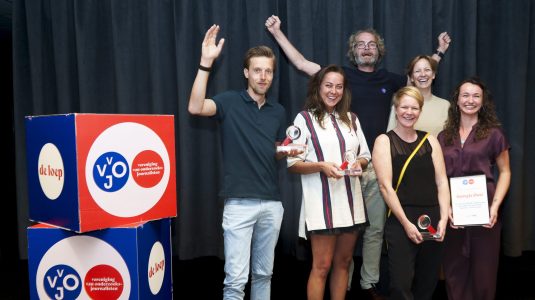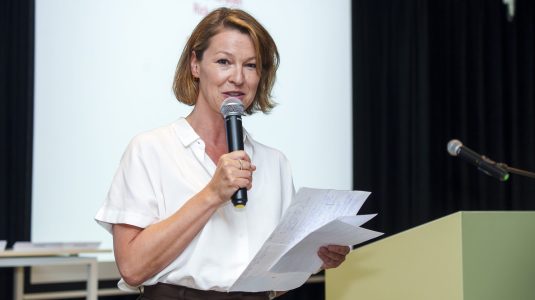 In Denmark the national daily Berlingske Tidende pioneered the use of crime maps as part of the newsgathering process. Series of articles and a webpage in cooperation with readers pulled the rug under one of Denmark’s recent major political prestige projects, the reform of the police. An interview with Danish journalists Morton Frich and Morton Crone, speakers at the VVOJ Conference, due to take place November 27-28 in Utrecht, the Netherlands.
In Denmark the national daily Berlingske Tidende pioneered the use of crime maps as part of the newsgathering process. Series of articles and a webpage in cooperation with readers pulled the rug under one of Denmark’s recent major political prestige projects, the reform of the police. An interview with Danish journalists Morton Frich and Morton Crone, speakers at the VVOJ Conference, due to take place November 27-28 in Utrecht, the Netherlands.
Text: By Reelika Lepp
Journalists Morten Frich and Morten Crone along with a web- and a photo-colleague carried out the cross-media research The Crime in Denmark – basically asking one question: Does the police come, when you call?
For their research they used cross-media. Not as a means of cutting down journalists, but as a research tool. With the help of its readers, and interactive crime map, the investigation revealed the controversial nature of the reform.
One of the first crimes reported to the map related to the alleged murder of Danish woman Pia Rönnei. Despite available patrols in the area, the police force did not send officers to investigate calls from neighbors, who reported screams and loud bangs from an apartment that Rönnei was in.
During the first two weeks of the project, already 75 cases of police neglects, including 9 fatalities were gathered. Morten Crone and Morthen Frich who at the time were working only with the project, talk about the benefits, challenges and outcomes of their cross-media investigation.
When you started with the project, what was your aim? Did you have something particular you wanted to accomplish?
Morten Crone: We wanted to see if webpage journalism could be used together with traditional print journalism.
Do you think that in the age of digitalization (in terms of the news and information) the print media is still viable and essential for practicing investigative journalism?
Morten Frich: As we see it, print in itself is not essential for practicing investigative journalism. You can do investigative journalism strictly under web. There are many great examples. But still, we have to see, where the revenue is coming from. In the future, the revenue of big media corporations will be still coming from print journalism. So, we have to do both platforms for the next 10-20, 30 years.
MC: The great thing about that is that print media has some very strong advantages. This is a great platform to launch big projects. The web media is great at telling the stories in new ways. They are complimenting each other and not working against each other. This is a very strong partnership if you can combine the two.
MF: We launched the major scandals in our story in the print paper in the morning and worked online for the whole day, producing new developments, collecting new reactions. When we had new information from our readers, we turned it immediately into news and we were continuously publishing.
MF: We used the web not only for presenting the story, but mainly for the interaction possibilities. We gathered new information from our readers. We could not have done the project without them.
“We could not have done the project without our readers”
Do you see (investigative) journalism as something that is becoming more technology driven? Is it essential to adopt the advantages of the new media as a research tool, to get a better story?
MF: We can say that investigative reporting is aided by mobile technology, not driven. This makes it sound very technical and difficult, but it isn’t. If we have to mention one tool from our website the Google Maps would definitely be the most important. This tool enabled us to pose a central question in our investigation. “Can you actually be sure the police will come, when you need them?”
Google Maps is a very simple tool. You don’t have to be a “tech wizard” to use it. You can take the readers into the core of your investigation; let them do some of the hard work for you.
MC: The involvement and participation of the readers in that project was very important. Each story that we got via Google Maps came from people who had experienced the negligence of the Danish Police. We could gather information from many citizens and then we sum up the problems. And suddenly it was a very big problem. All those small cases problems led to a big one.
MF: We spent two months investigating a homicide case. Then we broke the case and suddenly had readers all over the country helping us, finding similar cases. We produced one case and the readers gave us 70 cases in return, and made the government to launch an investigation into this.
Is the phenomena of crowd sourcing something to be seized by the journalists as an effective way of gathering information (that otherwise can remain unattainable)?
MC: Of course, this is traditional journalism using new tools. If your story is suited for crowd sourcing, and most stories are, then you should use it.
MF: We uncovered one case. What crowd sourcing did for us, it showed us the pattern and it gave us volume in our investigation. Suddenly, the government had to take us extremely seriously. It became obvious for everyone that you cannot count on police. Every time we printed a new story the people could see themselves in this story. Some of them recognized themselves, reacted and told us their story too.
MF: You should ask from yourself how many times have you tried as a reporter that you actually dig into one case, producing one great story about a problem and preceding it to government. What you are always told is “Okay, we might have messed up here, but this is just one singular case”. “We can’t change the whole system for that.”
What crowd-sourcing can do for you is, if you have an area, which is not just a singular area, but a miscarriage born by a system which is not functioning, you can in extremely easy way, not very time-consuming way raise more cases in that manner. So therefore, it would be very difficult for the authorities to say that this is only one case.
MC: It can also help you in aiming at the right point with your investigation. When you try to cover a story where crowd sourcing doesn’t give you any results, it can be seen as a hint. Maybe it isn’t a really big story.
It is often said that investigative journalism is always time and money-consuming. Do you agree, or would you argue against that claim (based on your own experience)?
MF: Based on our experience investigative reporting is always time and money consuming. But then again, anything valuable in this world is time and money consuming. You shouldn’t see it as something very costly but as something very valuable.
MC: Our editor in chief is satisfied with the investment. There was a huge payoff and we had a major impact in the Danish news. We were all over the media last year.
Do you sense any possible danger in citizen journalism? Can you see any downsides to people wanting to investigate the stories surrounding them on daily bases?
MC: Yes, of course. The same thing, as in journalism in general, you have to be thorough in your way of doing investigation. You have to ask the right questions, you have to make reality checks on what people are giving you for information. But that’s just basic journalism. And journalism can be risky, if you do not do your homework. However, it is not any more risky than journalism in general.
MF: The first rule of journalism is: “Get your facts straight”. If you obey this rule – yes, you see the same difficulties, but isn’t more dangerous in that way.
MF: We were surprised to see that when we let people tell their own stories, they were actually extremely conscious. They were very accurate with their info. Out of couple of hundred e-mails, we found one bad story. Usually when people take their time to write long e-mails to present their stories, they are quite thorough.
MC: That is very promising. As a journalist you often work on your own and you have the feeling that you are all alone. What we actually discovered was that a lot of readers were out there helping us. It kept our investigation going. We started in January 2008 and worked on it on some months. In June we published our first stories. For 6 months in a row our readers kept on helping us, making the story bigger and bigger.
MF: Finally forcing the national chief of the Danish police to resign. MC: I don´t think there are any other dangers in using citizen journalism that in other kind of journalism.
MF: When government did the official investigation into the cases being brought up by our readers, most of them were correct. There is really great information out there, which Google map helped us to catch.
What will you be talking about at the VVOJ Conference?
MF: Our lecture is about cross-media production. How to not only present your investigation on the web but how to gather useful information together with our readers. How to take them into the heart of your investigation.
Please click here to read more about The Crime.
Published with the courtesy of the Fonds Pascal Decroos (FPD). The author, Reelika Lepp, is an intern at the the FPD.







